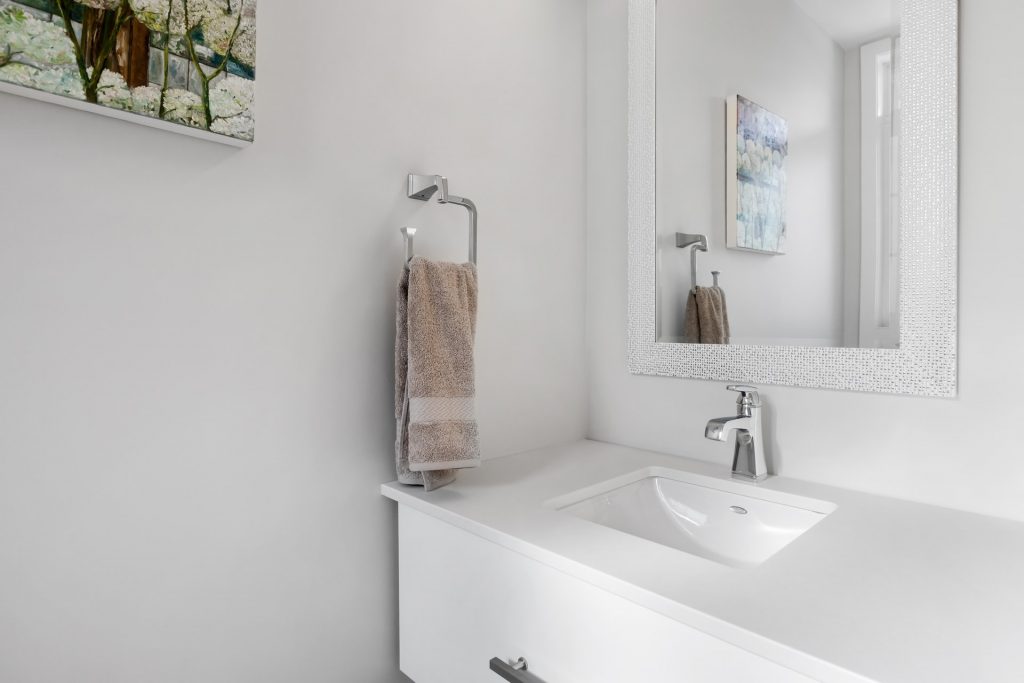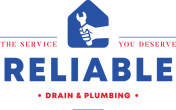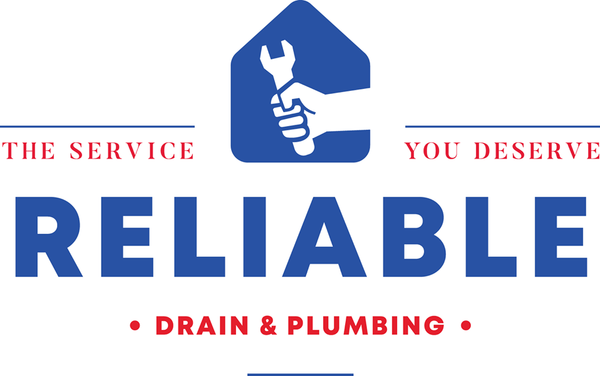
One of the most unpleasant things to run into as a homeowner is opening your bathroom cabinet to retrieve something only to find a puddle in it. If you find your bathroom sink drain leaking, you’ve got a bit of a problem on your hands. Fortunately, you don’t necessarily need professional assistance with it. If you do, Reliable Drain & Plumbing is always here, but if you enjoy a bit of DIY, you can handle this. Here’s how you can DIY leaking sink drain repair.
Clear the Cabinet
The first step is clearing out your cabinet. No matter what the problem is, nothing is going to be solved if you’ve got soaps, shaving supplies, and nail care products falling over into a puddle. Take everything out of the cabinet and set it somewhere out of the way.
Prepare Yourself
Next is getting everything you need. You’ll definitely need a bucket and some towels. It would also benefit you to bring some pliers, a flashlight, paper and pencil, and a wrench that matches any nuts or bolts on your drain pipe.
When you’ve got that, take a seat in front of your cabinet and lay a folded towel down on the base of the cabinet, under your leaking sink drain.
Assessing the Problem
Before you get to disassembly, you’ll want to see if the problem is visible right away. Turn on your sink and let the water run. If you’ve brought a flashlight, shine it at your leaking sink drain pipe and see if you can spot where the water is leaking from. If the puddle in your cabinet was small, it might take a few minutes for the pipe to drip. Or, if it had been a long time since you last looked in your cabinet, it may not even be dripping fast enough for you to witness firsthand.
The important thing about watching for the drip source is seeing if it’s coming from where the parts of the pipe connect, or from a crack. With your water running, it should hopefully become clear fairly soon where the leak is coming from. In most cases, you should see it dripping within just 30 seconds of turning the water on.
If the dripping is coming from where two parts connect, try tightening the nuts and bolts that connect them. You’ve probably fixed the problem if this stops the dripping. However, if this makes the leaking worse, there’s probably a split in one of the parts near the connection. Therefore, tightening the bolt put further stress on the plastic and widened the crack. If the problem stops temporarily, but comes back later, you most likely need to replace a gasket.
Dripping that’s not coming from a connection is almost definitely coming from a crack in one of the pipes. This will need to be patched or, ideally, replaced.
If you can’t see where the water is escaping between parts, feel behind the pipe for moisture. Make sure the drip isn’t simply running down and dripping off the connection from somewhere else.
Repairing Your Drain
In Part 2, we’ll cover how to repair each type of leak with the help of your local hardware store.

